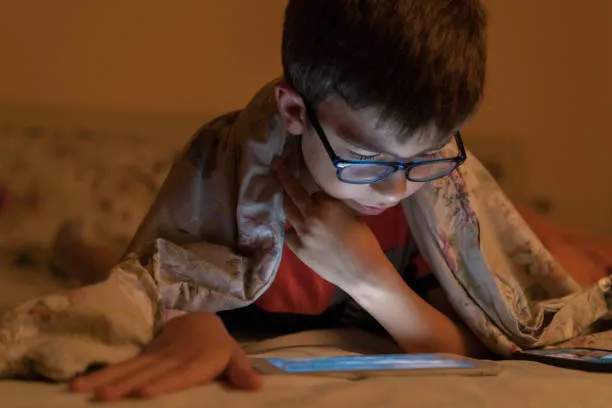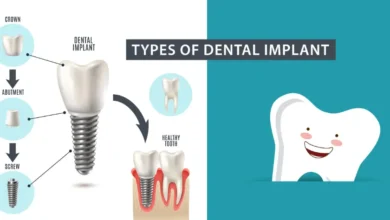The Myopia Epidemic: What Parents Need to Know and How to Protect Their Children

Have you ever noticed your child squinting at the television or struggling to see things far away? You’re not alone. Myopia in children, also known as nearsightedness, is on the rise globally, reaching epidemic proportions in some regions. This can be a worrying time for parents, but understanding the condition and taking steps to protect your child’s vision is crucial.
Contents
What is Myopia in Children?
Myopia is a common vision condition where distant objects appear blurry, while close-up objects are seen clearly. This happens because the eyeball is elongated, causing light rays to focus in front of the retina instead of directly on it.
There are two main types of myopia:
- Simple myopia is the most common form and usually develops in childhood. It often progresses slowly over time but rarely leads to serious eye problems.
- High myopia is a more severe form where the eyeball is significantly elongated. It can increase the risk of complications later in life, such as retinal detachment and glaucoma.
What Causes Myopia in Children?
The exact cause of myopia is unknown, but it’s believed to be a combination of genetic and environmental factors. Here’s a breakdown of the main contributors:
- Genetics: A child is more likely to develop myopia if one or both parents have it.
- Near Work: Extensive focusing on near objects for long periods, such as reading, using electronic devices, or close-up hobbies, may contribute to myopia development.
- Reduced Outdoor Time: Studies suggest spending less time outdoors, particularly in natural light, could be a risk factor.
Signs and Symptoms of Myopia in Children
Here are some signs that your child might have myopia:
- Squinting or frowning when trying to see things far away
- Difficulty seeing the board at school
- Sitting too close to the television
- Holding objects close to their face to see them clearly
- Complaining of headaches
If you notice any of these signs, it is important to schedule a comprehensive eye exam with an optometrist or ophthalmologist. Early detection and diagnosis are key to managing myopia and preventing potential complications.
How to Protect Your Child’s Vision
While there’s no guaranteed way to prevent myopia, there are steps you can take to reduce the risk of its development and slow its progression:
- Schedule Regular Eye Exams: Make sure your child has a comprehensive eye exam at least every two years, starting from around 6 months old.
- Encourage Outdoor Play: Aim for at least two hours of outdoor playtime each day. Sunlight exposure is thought to protect against myopia development.
- Limit Screen Time: Set boundaries for screen time on devices like phones, tablets, and computers. The American Academy of Pediatrics recommends avoiding screen time for children under 18 months and limiting it to one hour per day for older children.
- Practice the 20-20-20 Rule: Encourage your child to take a break every 20 minutes near work (reading, using screens) by looking at something 20 feet away for 20 seconds. This helps to relax the focusing muscles in the eye.
- Maintain Proper Posture and Lighting: Ensure your child maintains good posture when reading or doing close-up work. They should also have adequate lighting to avoid straining their eyes.
- Promote a Healthy Diet: A balanced diet of fruits, vegetables, and omega-3 fatty acids may contribute to overall eye health.
Treatment Options for Myopia in Children
There is no cure for myopia, but various treatment options can help manage the condition and improve vision:
- Eyeglasses or Contact Lenses: These are the most common options for correcting blurry distance vision caused by myopia.
- Orthokeratology: This non-surgical treatment involves wearing special rigid contact lenses overnight to reshape the cornea and improve vision during the day temporarily.
- Myopia Control Lenses: These specialized eyeglasses or contact lenses may help slow myopia progression in children.
The best treatment option for your child will depend on their specific needs and the severity of their myopia. Discuss the available options with your eye care professional.
Conclusion
Myopia in children is a growing concern, but with awareness and proactive measures, you can help protect your child’s vision. By scheduling regular eye exams, encouraging healthy habits, and discussing treatment options with your eye doctor, you can ensure your child sees the world clearly now and in the future.



